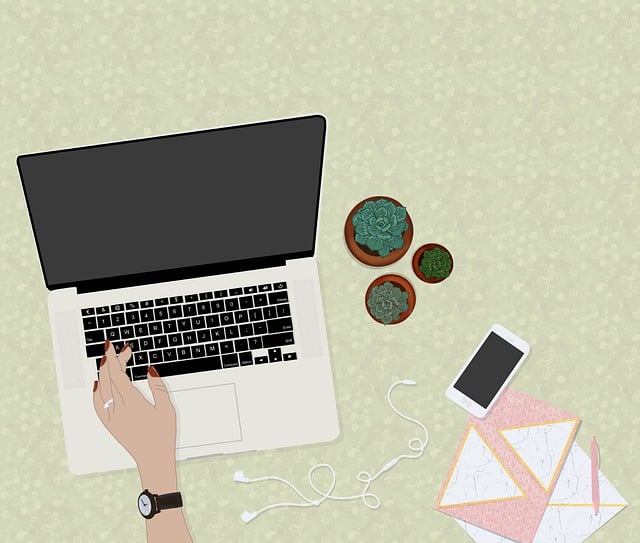
The 3 Types of Snapshots in QuickBooks and How They Work
 When using QuickBooks, you may come across the option to view a snapshot. Snapshots offer an overview of a particular set of data. In QuickBooks Desktop, you can choose from one of three types of snapshots, each of which focuses on a particular set of data. What are the three types of snapshots in QuickBooks, and how do they work?
When using QuickBooks, you may come across the option to view a snapshot. Snapshots offer an overview of a particular set of data. In QuickBooks Desktop, you can choose from one of three types of snapshots, each of which focuses on a particular set of data. What are the three types of snapshots in QuickBooks, and how do they work?
#1) Company
The company snapshot is exactly what it sounds like: a snapshot of your company-related data. It may include your company’s account balances, income breakdown, previous year expense comparison, customers who owe money, top customers by sales and more.
#2) Payments
The payments snapshot offers an overview of payment-related data. In the top-left corner of the payments snapshot tab are three links. There’s a link to receive payment, a link to create sales receipts, and a link for credit and refunds. In addition to these three links, the payments snapshot tab features payment data, such as receiveables reports, customers who owe money, accounts receivables by aging period, invoice payment status, payment reminders and more.
#3) Customer
The customer snapshot offers an overview of customer-related data. You can use it to gain insight into your company’s customers. Among other things, the customer snapshot features information about specific customers. You can select a customer from the drop-down menu, after which you can view information about that customer. The customer snapshot tab will reveal the customer’s recent invoices, sales history, recent payments, best-selling items, opening balance, credit limit, average days to pay and more.
How to Customize Snapshots
Customizing snapshots in QuickBooks is a breeze. Each snapshot features moveable elements. To move an element, simply drag it with your cursor. Click the element, and while holding the mouse button down, move the element to a different location. When you release the mouse button, the element will be repositioned.
You can also add new elements to a snapshot. Just click the “Add Content” button, at which point you can choose a new element. Clicking “Add,” followed by “Done” will integrate it into the snapshot.
In addition to adding new elements, you can remove existing elements. You should see an “X” in the top-right corner. Clicking this “X” button will automatically remove the respective element from the snapshot. Rather than using the default snapshots, follow these steps to customize them. You can move, add and remove elements with just a few mouse clicks.
Have anything else that you’d like to add? Let us know in the comments section below!
